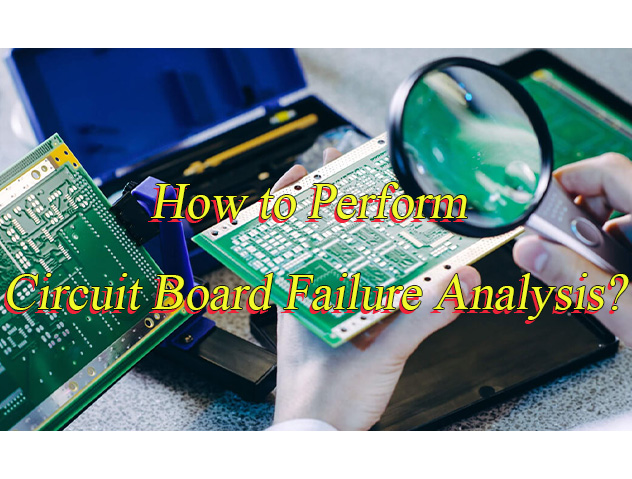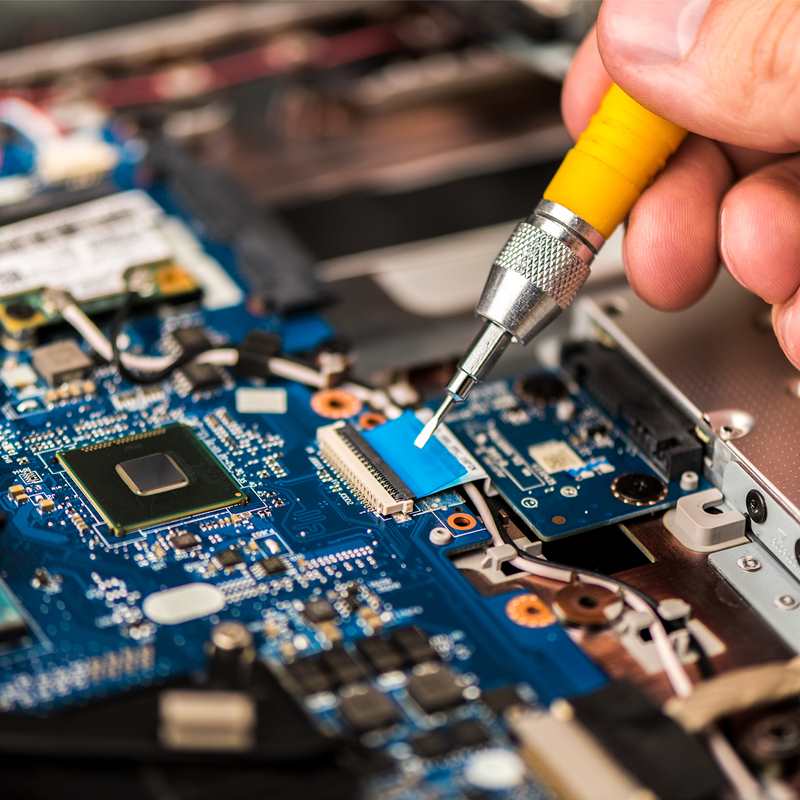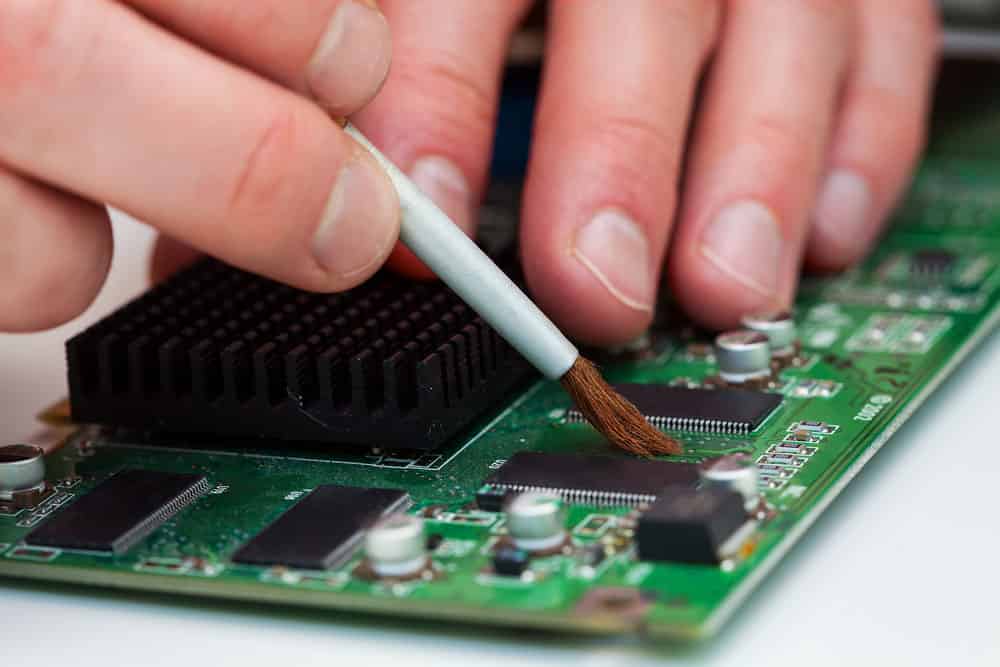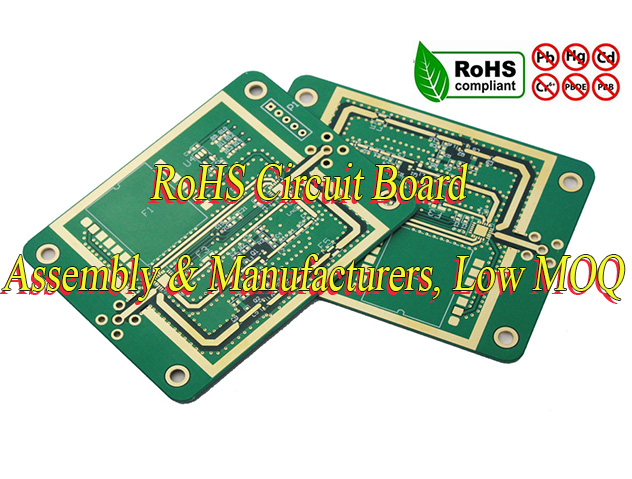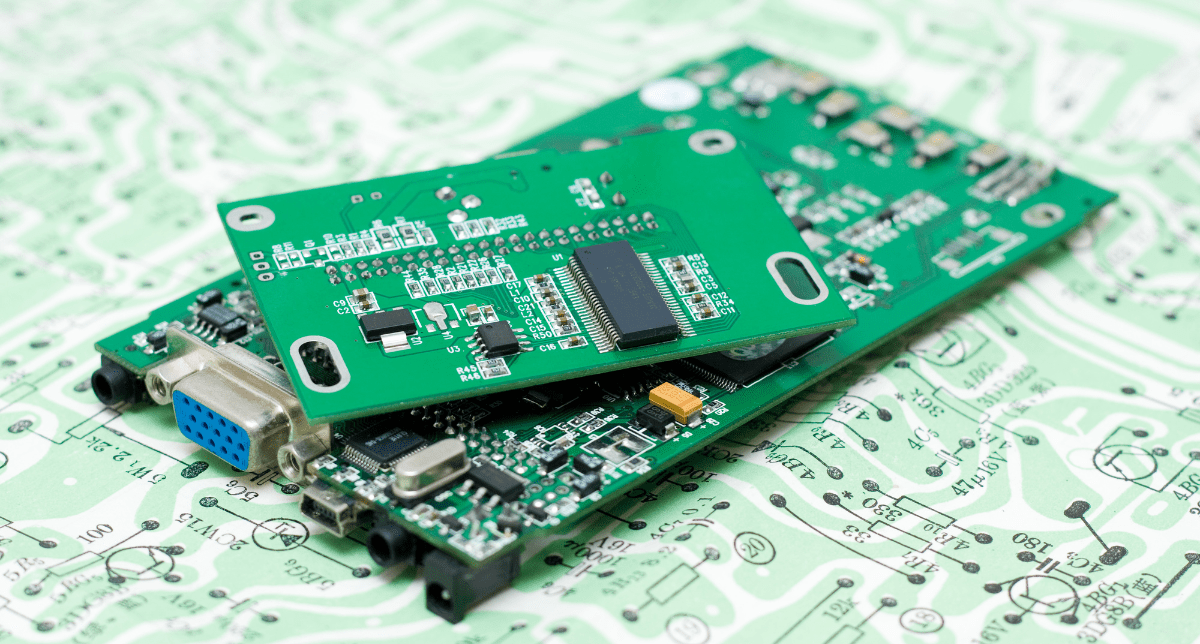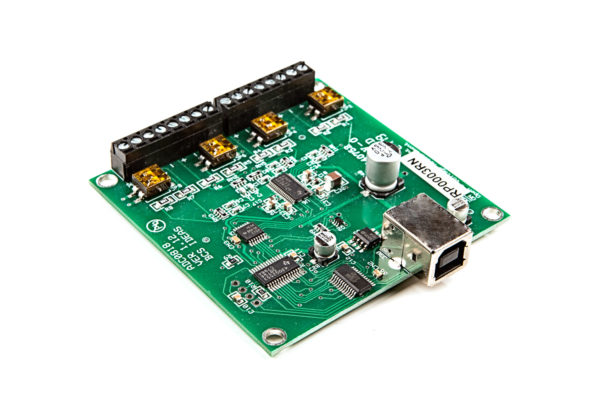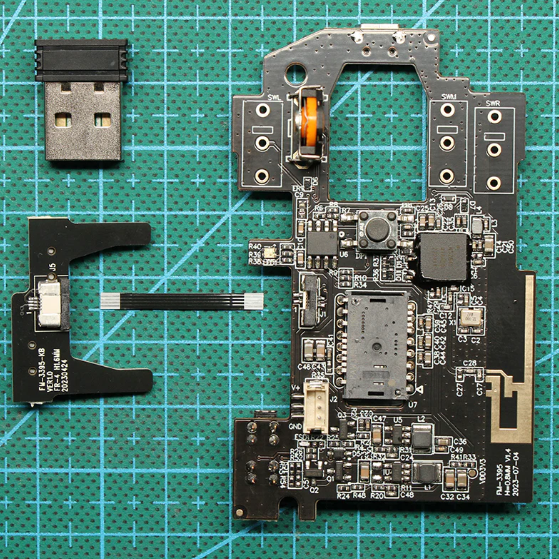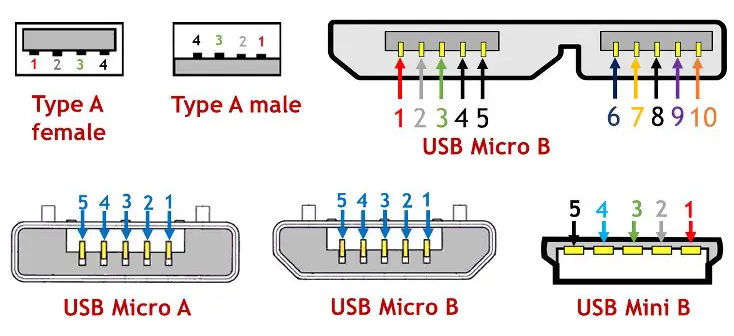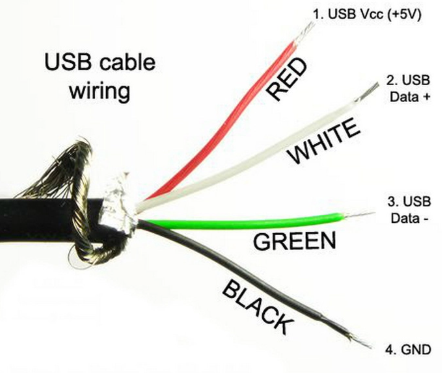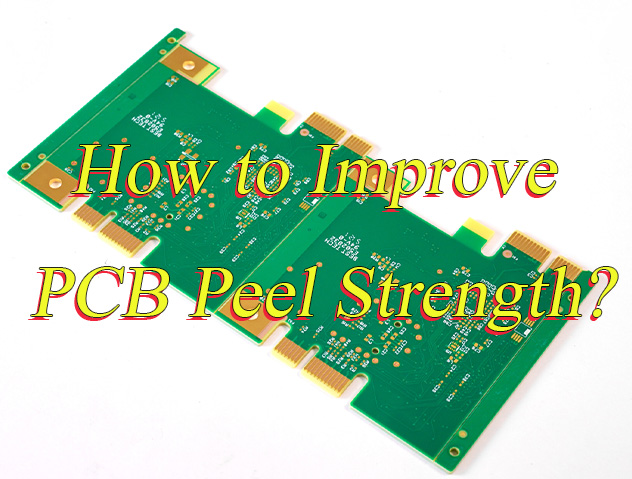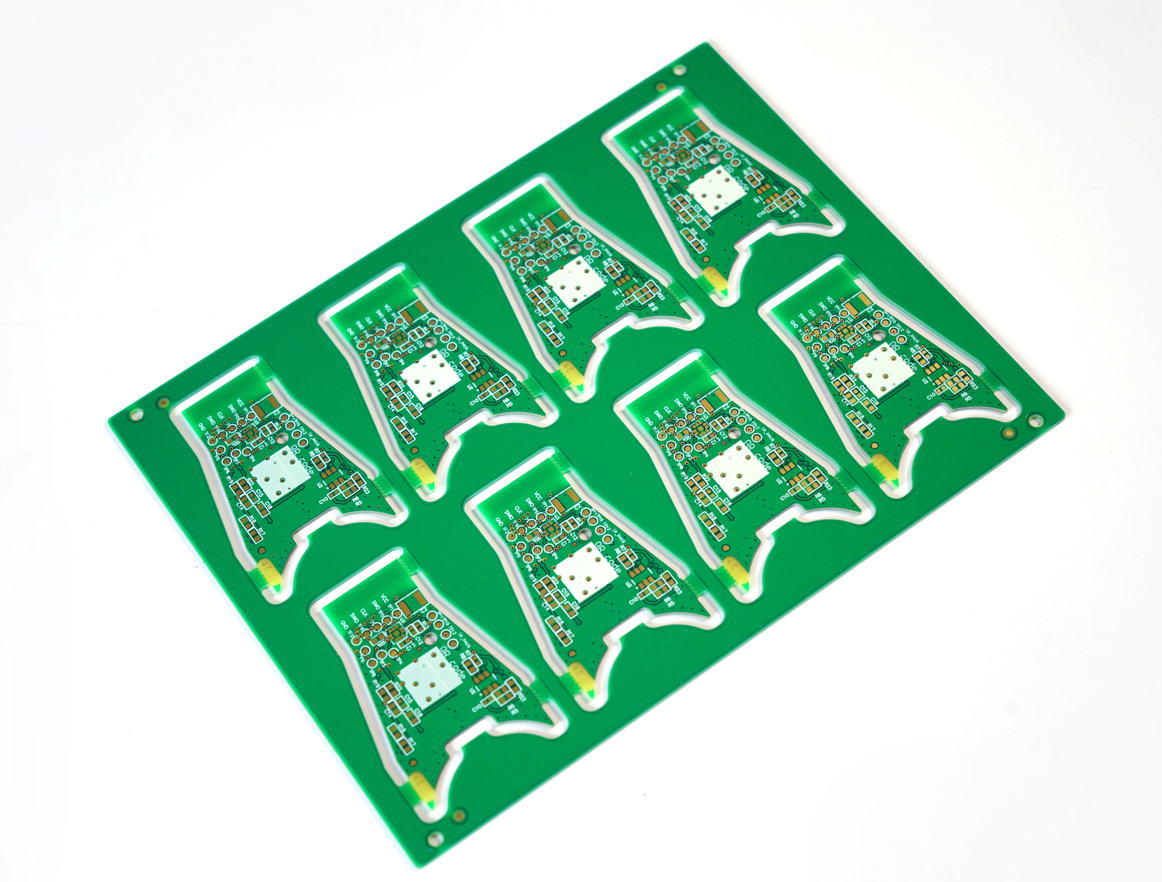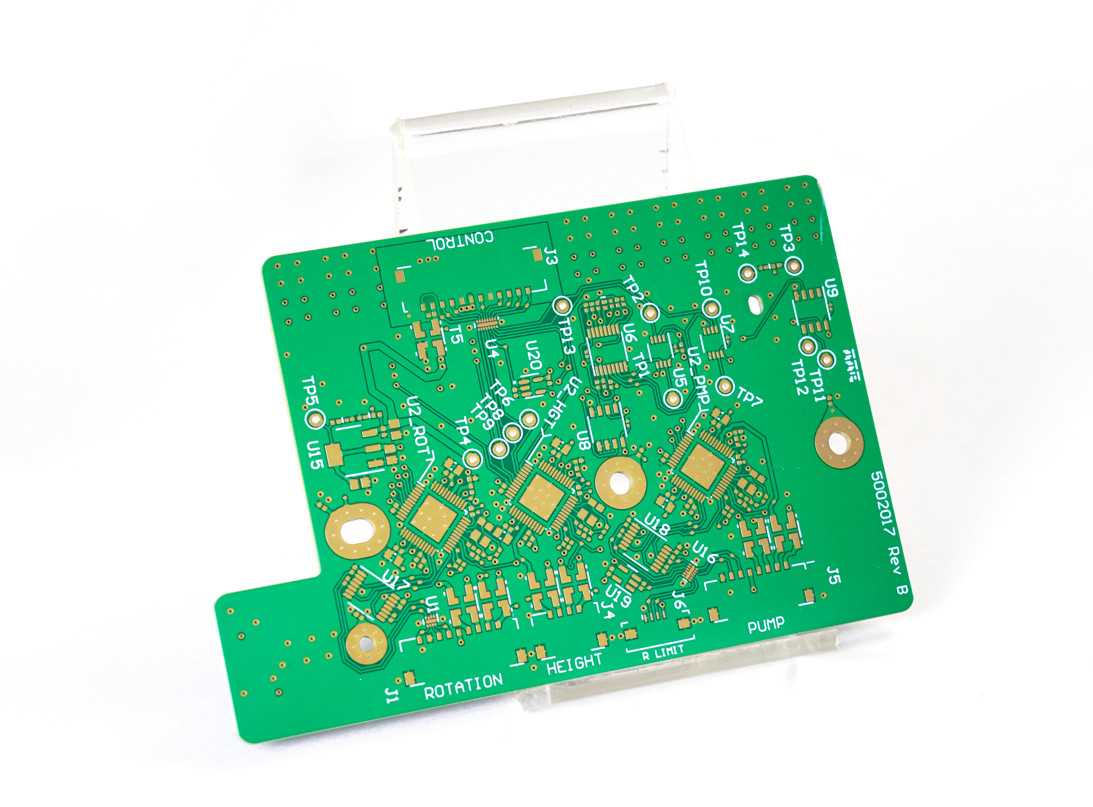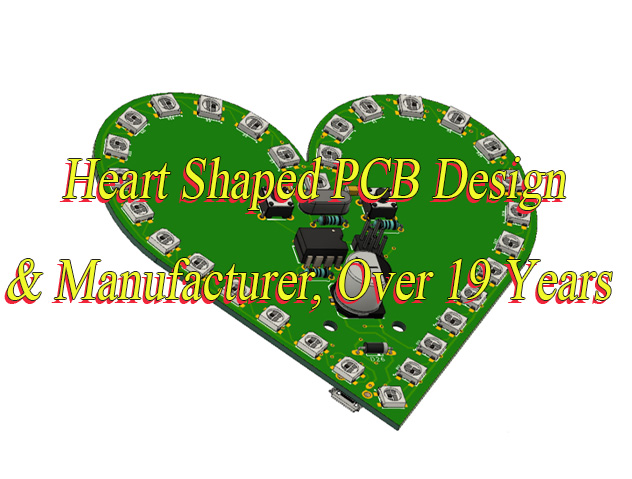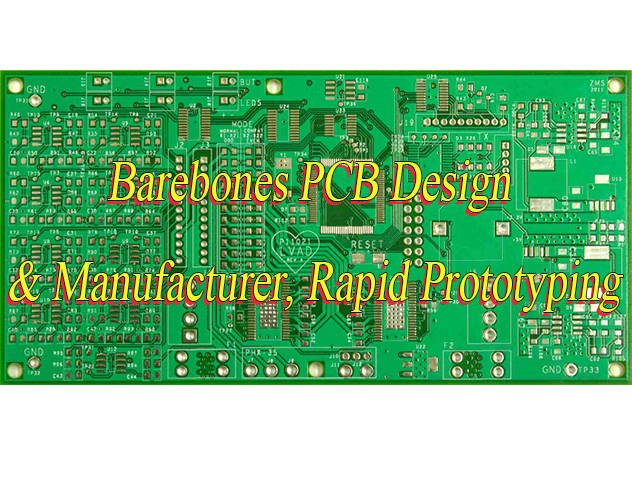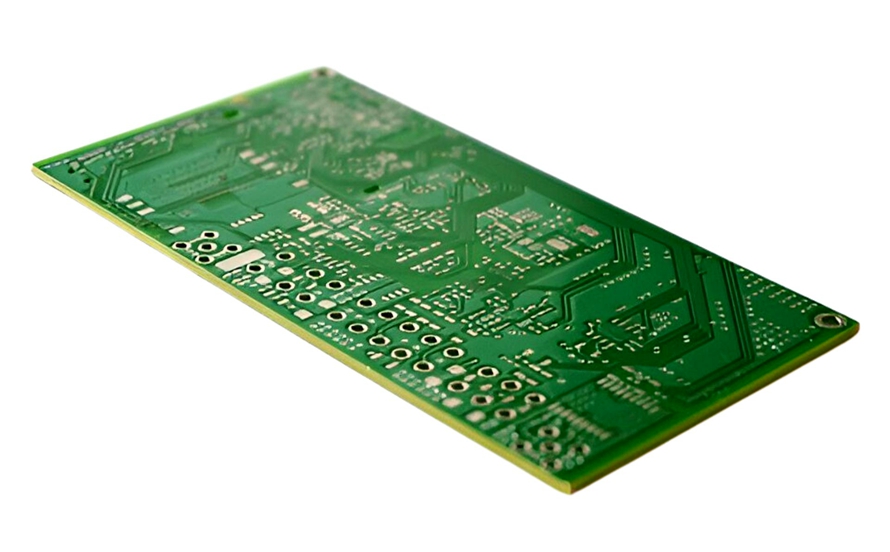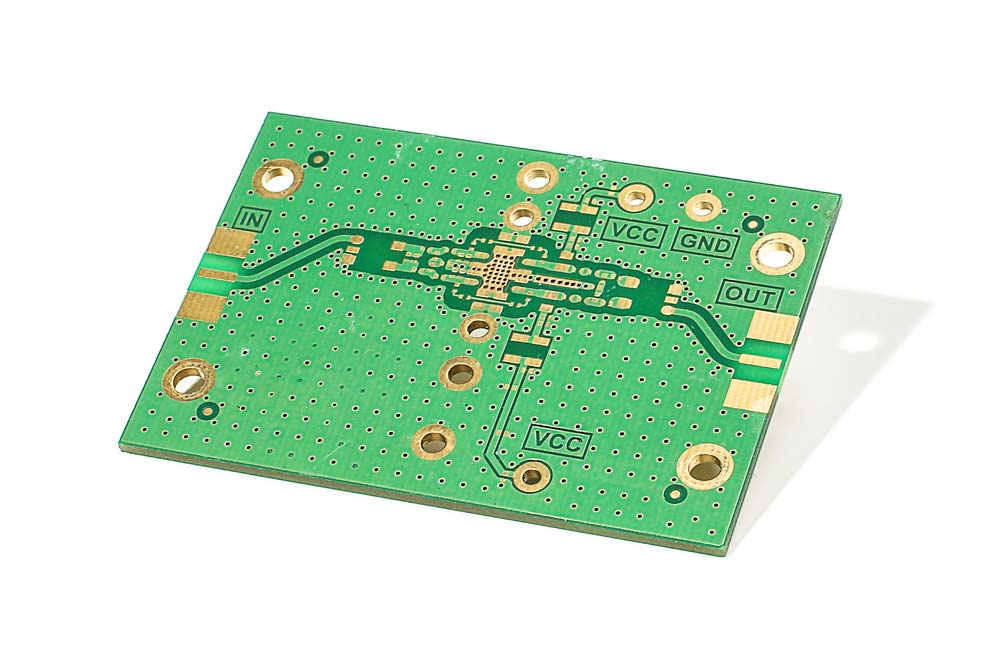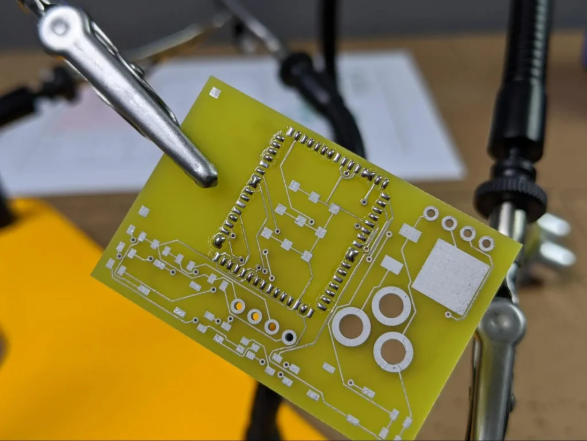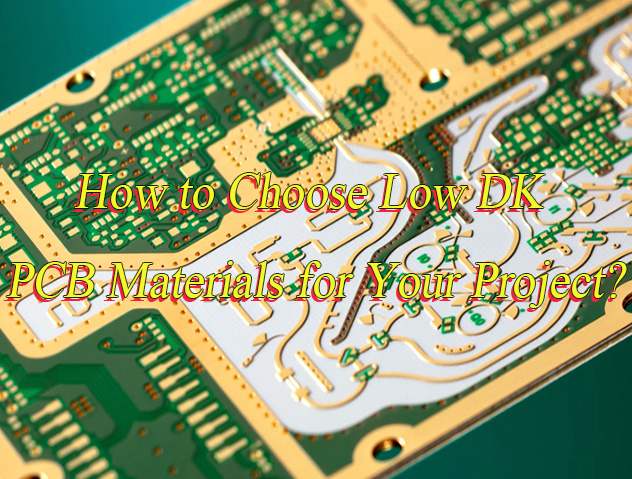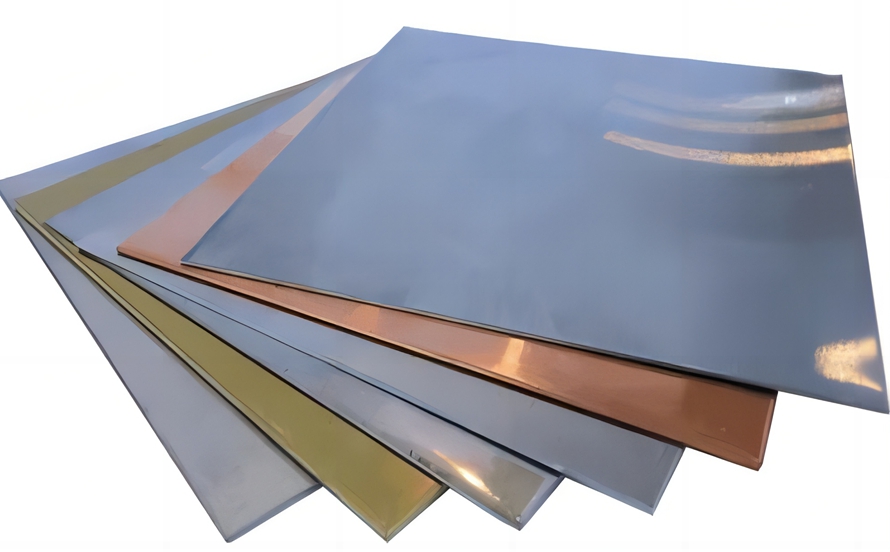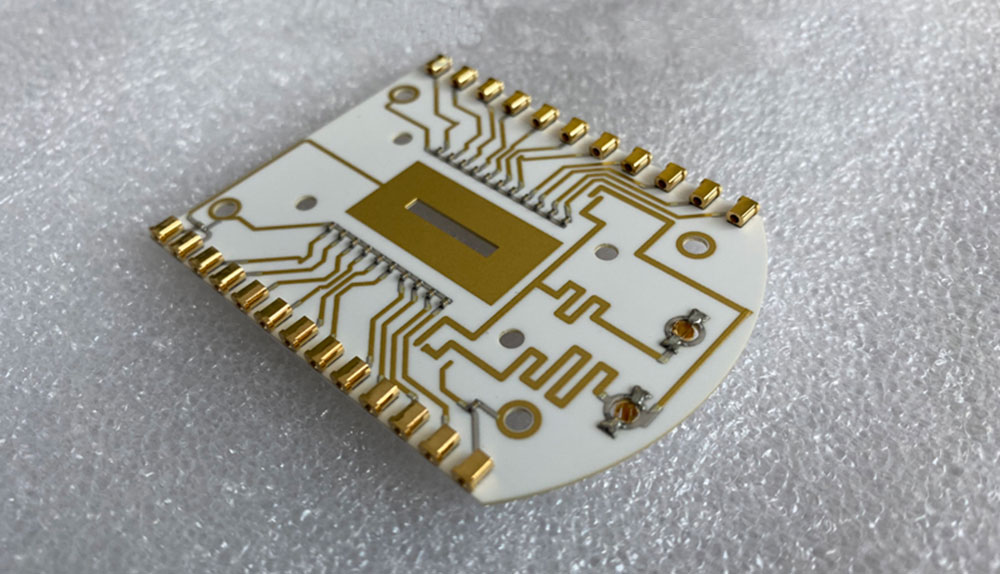How to calculate PCB dielectric thickness? Let’s discover common thickness and IPC standard, calculation and measurement methods, design consideration, application cases for PCB dielectric thickness.
Are you worried about these problems?
- Does dielectric thickness deviation always cause impedance & signal quality issues to surface only in final testing?
- Is uneven thickness post-multilaminate consistently dragging down your product yield?
- Are vague thickness control commitments from suppliers dragging your project cycles into endless confirmation loops?
As a PCB manufacturer, Best Technology can provide you service and solution:
- Precision Thickness Control: Commit to ±3μm tolerance with real-time thickness mapping for proactive impedance prediction during design.
- Smart Lamination Process: Deploy dynamic compensation tech to eliminate uneven pressing, directly boosting yield stability.
- Transparent Data Traceability: Build dedicated digital thickness archives per order, online access, full process transparency, zero guesswork.
Welcome to contact us if you have any request for PCB design, prototyping, mass production and PCBA service: sales@bestpcbs.com.
What Is PCB Dielectric Thickness?
PCB dielectric thickness refers to the vertical distance of the insulating material between adjacent conductive layers, such as signal layers, power planes, or ground planes, typically measured in millimeters (mm). It is a critical parameter in PCB stackup design, directly impacting electrical performance (e.g., impedance control, signal integrity) and mechanical stability.
Industry standards generally recommend a minimum dielectric thickness of 0.1mm to prevent voltage breakdown, while emphasizing symmetric design principles, including consistency in dielectric material type, copper foil thickness, and pattern distribution to ensure board reliability.

Common PCB Dielectric Thickness
Single-Sided PCBs
- Thickness Range: 0.2mm (8mil) to 1.6mm (63mil), with 1.0mm (39mil) being most common for cost-sensitive applications.
- Design Rules: Minimal dielectric thickness ≥0.1mm to prevent voltage breakdown; no symmetry requirement due to single conductive layer.
- Applications: Simple control circuits, LED displays, and entry-level consumer electronics.
2 Layer PCBs
- Thickness Range: 0.2mm (8mil) to 1.6mm (63mil), with 1.0mm (39mil) and 1.6mm (63mil) dominating industrial/consumer markets.
- Features: Symmetric dielectric layers (e.g., 0.8mm core + 0.1mm prepreg on each side) ensure mechanical stability; supports through-hole vias.
- Applications: Power supplies, automotive electronics, and mid-complexity control systems.
4 Layer PCBs
- Stack-Up Example: Top/bottom signal layers (0.5mm core each), inner power/ground layers (0.2mm core), separated by 0.1mm prepreg. Total thickness ≈1.0mm.
- Performance: Balanced signal integrity via controlled impedance (e.g., 50Ω microstrip lines) and reduced crosstalk; symmetric design minimizes warpage.
- Applications: Smartphones, IoT devices, and compact industrial controllers.
6/8-Layer and Higher Multilayer PCB
- Thickness Allocation: Core layers (0.1mm–0.3mm), prepreg layers (0.05mm–0.2mm), with incremental layer addition. For example, an 8-layer board may use dual 0.2mm cores + multiple 0.1mm prepregs.
- Advanced Design: High-speed/high-frequency applications adopt ultra-thin dielectrics (≤0.075mm) and low-loss materials (e.g., Rogers RO4003C at 0.1mm) for RF/5G modules.
IPC Standard for PCB Dielectric Thickness
| Standard Thickness (mm) | Tolerance (±%) | Impedance Board Tolerance Standard | Applicable IPC Standard |
| 0.8 | 10% | IPC-4101C/M Grade | IPC-4101 Series |
| 1.0 | 10% | IPC-4101C/M Grade | IPC-6012B |
| 1.2 | 10% | IPC-4101C/M Grade | IPC-600G |
| 1.6 | 10% | IPC-4101C/M Grade | IPC-2221A |
| 2.0 | 10% | IPC-4101C/M Grade | IPC-A-600 |
How to Calculate PCB Dielectric Thickness?
A guide to how to calculate PCB dielectric thickness:
1. Core Calculation Methods and Theoretical Basis
Impedance Formula Inversion Method:
- Surface Microstrip Line: Z₀ = 87 / √(εᵣ + 1.41) × ln[5.98h / (0.8w + t)] , applicable to unshielded outer signal layers.
- Inner Layer Stripline: Z₀ = 60 / √εᵣ × ln[4h / (0.67π(0.8w + t))], requiring symmetric dielectric thickness on both sides.
- Differential Pair Impedance: Z_diff = 2Z₀(1 – 0.347e^(-2.9B/B)), where B=s/(s+w) and s denotes line spacing.
- Effective Dielectric Constant Correction: ε_eff = (εᵣ + 1)/2 + (εᵣ – 1)/2 × [1/√(1 + 12h/w)], accounting for dispersion effects at high frequencies.
- Edge Effect Compensation: Effective line width W_eff = w + 1.1t×(εᵣ+0.3)/√ε, corrects for trapezoidal cross-sections post-etching.
Enhanced Calculation Process:
- Target impedance grading: 50Ω ± 10% for single-ended lines, 90Ω ± 8% for differential pairs, 75Ω ± 5% for RF millimeter-wave lines.
- Material parameter refinement: FR-4 exhibits ε_r = 4.5–4.8 at 1GHz, while high-frequency materials like RO4350B show ε_r = 3.66 ± 0.05 at 10GHz.
- Copper thickness calibration: 1oz copper measures 35μm ± 2μm, with etching factor ~0.8 accounting for sidewall taper.
- Iterative solving: Numerical methods like Newton-Raphson or bisection are recommended, leveraging built-in algorithms in tools like Altium’s impedance calculator.
2. Professional Tools and Software Applications
EDA Tool Extensions:
- Altium Designer: supports differential pair impedance scanning, stackup sensitivity analysis, and 3D EM simulation validation.
- Cadence Allegro: integrates Sigrity for signal integrity analysis, enabling power plane decoupling capacitor optimization.
- Mentor PADS: offers rapid stackup estimation tools with material library imports for PP sheet matching.
Vendor Tool Features:
- Isola Stackup Designer: simulates multilayer press processes, quantifying resin flow impact on dielectric thickness.
- Rogers Online Calculator: inputs dielectric loss tangent (Df) for high-frequency materials like RT/duroid®.
- Polar Instruments SI9000: employs field solvers for precise modeling of complex structures like coplanar waveguides.
3. Manufacturing Collaboration and DFM Design
Design Output Specifications:
- Impedance control documents: must include target values, tolerances, test points, and stackup sketches.
- Material selection lists: specify substrate models (e.g., S1000-2), copper types (HVLP/ED), and PP sheet specifications (e.g., 1080/2116).
Manufacturing Adjustment Procedures:
- Press parameters: Temperature (180–200°C), pressure (300–500 psi), duration (90–120 minutes).
- Glass weave compensation: Adjust resin content (RC = 60–70%) to minimize impedance variations from fiberglass bundles.
- Blind/buried via design: Wall roughness ≤ 3μm Ra, back-drilling depth tolerance ±0.05mm.
4. Verification and Measurement Methods
Advanced Physical Measurement:
- X-ray computed tomography: enables non-destructive thickness distribution mapping at 1μm resolution.
- Ultrasonic thickness gauges: measure assembled PCBs with ±2μm accuracy.
Capacitance Method Enhancements:
- Precision LCR meters: require 1GHz bandwidth fixtures calibrated to 0.1pF resolution.
- Test structures: use comb or serpentine electrodes with area >100mm² to mitigate edge effects.
- Environmental control: Measurements at 25°C ± 2°C and 45% ± 5% RH prevent dielectric constant drift.
5. Critical Influencing Factors and Considerations
Material Property Analysis:
- Dispersion quantification: FR-4 shows 5–8% higher ε_r at 1GHz vs. 100MHz, requiring broadband S-parameter extraction.
- Copper roughness impact: Ra = 2μm increases high-frequency loss by 0.5dB/in at 10GHz.
Manufacturing Tolerance Control:
- Linewidth tolerance chain: Photolithography ±0.1mil, etching ±0.2mil, lamination alignment ±0.3mil.
- Dielectric thickness uniformity: Layer-to-layer variation controlled within ±3% via PP sheet count adjustments.
Design Margin Optimization:
- Monte Carlo analysis: performs 10,000 random samples of linewidth, thickness, and ε_r to map impedance distributions.
- Worst-case combinations: test upper limits (e.g., +10% linewidth, -10% thickness, +5% ε_r).
Complex Structure Handling:
- Coplanar waveguides design: maintain signal-to-ground spacing ≥2× linewidth to prevent leakage.
- Soldermask effects: 15–25μm thick green coating reduces microstrip impedance by 2–3Ω, requiring calculation offsets.
- Blind via stubs: Length ≤0.2mm to avoid impedance discontinuities from reflections.

How to Measure PCB Dielectric Thickness?
A guide to how to measure PCB dielectric thickness:
1. Destructive Measurement
Cross-section Analysis (Metallographic Microscopy)
- Steps: Cut PCB sample → Epoxy resin embedding and curing → Grind and polish cross-section → Enhance contrast with staining → Measure interlayer thickness under microscope.
- Accuracy: ±1 μm, enables simultaneous analysis of copper thickness, dielectric uniformity, and hole wall quality.
- Limitations: Permanent sample damage, time-consuming (2–4 hours per sample).
Mechanical Layer Peeling + Micrometer Measurement
- Operation: Peel PCB layers sequentially → Measure separated dielectric layers directly with digital micrometer.
- Applicable: Thicker dielectrics (e.g., FR-4 core), scenarios without extreme precision requirements.
- Note: Peeling may cause dielectric layer tearing, affecting measurement accuracy.
2. Non-destructive Measurement
Laser Thickness Gauge
- Principle: Laser triangulation/interferometry, calculates thickness via optical path difference.
- Advantages: Accuracy ±0.5 μm, supports 0.15–0.25N micro-pressure contact to prevent board deformation, measures local areas of multilayer boards (e.g., under impedance lines).
- Typical Equipment: Oxford CMI series (95% industry coverage), integrates micro-resistance (SRP-4) and eddy current (ETP) technologies for simultaneous copper thickness measurement.
X-ray Fluorescence (XRF)
- Application: Irradiate copper-clad laminate with X-rays → Analyze characteristic X-ray energy/intensity → Derive dielectric thickness (requires known material composition).
- Automation: Regional scanning with 100+ measurement points per area, SpecMetrix system achieves <1μm error (vs. cross-section method).
- Applicable: Batch testing of uniform dielectric layers, thin-layer (<30μm) HDI boards.
Flying Probe Tester (Indirect Calculation)
- Principle: High-voltage probes (4–8 pins) test insulation resistance → Calculate thickness via known dielectric constant (Dk) model (Formula: H ∝ ln(insulation resistance)/Dk)
- Advantages: No fixture required, supports 0.2mm micro-pitch testing, suitable for high-density boards
- Limitations: Relies on Dk value accuracy (may drift in millimeter-wave bands)
3. High-Frequency Specialized Methods (Millimeter-Wave/5G Scenarios)
RF Resonance Method
- Steps: Fabricate dielectric resonator → Input swept-frequency signal → Capture resonance frequency shift → Calculate thickness and Dk via electromagnetic equations
- Advantages: Non-destructive, frequency coverage up to 110GHz (5G millimeter-wave)
- Key: Requires temperature-humidity calibration (moisture absorption affects Dk)
Terahertz Time-Domain Spectroscopy (THz-TDS)
- Principle: Terahertz pulse penetrates dielectric → Measure reflection/transmission signal time difference → Calculate thickness (H = c·Δt/(2·Dk))
- Applicable: Ultra-thin dielectrics (≤10μm) such as Anylayer HDI boards
4. Method Selection Guide
| Scenario | Recommended Method | Accuracy | Speed | Destructive |
| R&D Validation/Failure Analysis | Cross-section Analysis | ±1 μm | Slow | Yes |
| Mass Production Monitoring | Laser Gauge/XRF | ±0.5 μm | Fast | No |
| High-Density Board Electrical Performance Evaluation | Flying Probe Tester | Indirect Calculation | Medium | No |
| Millimeter-Wave Material Characterization | RF Resonance Method | Model-Dependent | Medium | No |
5. Measurement Considerations
- Process Compensation: Dielectric shrinkage rate ~5–10% (FR-4) post-lamination, requires design margin; electroplating copper thickening (Formula: Copper Thickness = Current Density × Time × 1.83/100) compresses dielectric space
- Environmental Control: Humidity rise may cause Dk shift ±0.2, affecting resonance/THz accuracy
- Copper Foil Roughness Interference: At high frequencies, skin effect amplifies rough surface impact, artificially increasing dielectric “effective thickness”

Dielectric Thickness PCB Design Considerations
Impedance Control Deepening:
- In differential pair design, dielectric thickness must precisely match differential impedance (typically 90-120Ω). Taking USB3.0 as an example, a 0.15mm dielectric thickness with 8mil trace width/spacing achieves 90Ω differential impedance, while a 0.2mm thickness requires adjusting trace width to 6mil to maintain the same impedance. Polar SI9000 simulation shows that ±10% thickness deviation leads to impedance deviation exceeding ±7%, necessitating ±3% tolerance control via lamination process.
Signal Integrity Advancement:
- At high frequencies, the impact of dielectric loss tangent (Df) becomes significant. FR-4 has a Df of ~0.018, resulting in 0.3dB/cm loss at 10GHz; whereas Rogers 4350B, with Df of 0.003, reduces loss to 0.05dB/cm at the same frequency. For 5G millimeter-wave designs (28GHz), 0.08mm PTFE substrate reduces insertion loss by 30% but requires increased glass fiber density to prevent dielectric constant fluctuations.
Lamination Symmetry Engineering Practice:
- A typical symmetric 8-layer stackup is: Top layer – 0.05mm dielectric – Ground plane – 0.2mm dielectric – Power plane – 0.05mm dielectric – Bottom layer. This structure matches CTE (coefficient of thermal expansion), limiting warpage to 0.5%. Asymmetric designs, such as 0.3mm dielectric used unilaterally, cause Z-axis CTE differences exceeding 50ppm/℃, risking pad cracking.
Voltage Withstand & Insulation Enhancement:
- For IGBT driver boards, 0.4mm PPO substrate withstands 1.2kVrms voltage, and with 2mil copper foil achieves 10kV breakdown voltage. Edge effects require chamfering (R≥0.5mm) and potting compound (εr=3.5) to reduce field strength by 40%, meeting UL94V-0 flame retardancy.
Thermal Management Synergy Design:
- In power modules, 0.3mm thermal substrate (e.g., T410) with 2oz copper thickness controls thermal resistance at 0.8℃/W. Combined with thermal via arrays (50 vias/cm² density), junction temperature reduces by 20℃. CTE matching must be ensured to avoid thermal stress cracking from copper-substrate differences.
Mechanical Stability Enhancement:
- Aerospace PCBs require vibration resistance >20G. Using 0.5mm substrate with back-copper reinforcement raises natural frequency to 120Hz, exceeding typical vibration spectra (5-100Hz). Finite element analysis (FEA) optimizes stiffener layout, reducing stress concentration by 50%.
Material Availability & Cost Control:
- Standard FR-4 thickness (0.1-0.2mm) shows 15% cost variance, while 0.08mm ultra-thin substrate requires customization, extending lead time by 3 weeks. Hybrid stackups (e.g., 0.2mm FR-4 + 0.1mm high-speed material) balance performance and cost but require attention to lamination temperature differences to prevent delamination.
Manufacturing Process Limit Breakthrough:
- mSAP technology achieves 0.05mm dielectric thickness with ±2% tolerance, requiring vacuum laminators (±1% pressure accuracy) and optical inspection (1μm resolution). For HDI designs, 0.03mm dielectric uses laser microvias (50μm diameter) with electroplated fill to ensure reliability.

How Does Dielectric Layer Thickness Affect PCB Performance?
Signal Integrity and Impedance Control
- Impedance Matching: Dielectric thickness directly affects transmission line characteristic impedance (e.g., 50Ω microstrip). A 10% thickness increase can reduce FR-4 material impedance by ~5%, causing signal reflections or losses. For example, a 1.6mm board vs. 1.0mm board with identical trace width shows ±12% impedance deviation, requiring trace width adjustment (e.g., 1.6mm board needs 0.01mm width reduction) for compensation.
- High-Speed Signal Quality: In high-frequency (>5GHz) scenarios, thickness variations exacerbate signal delay and loss. At 10GHz, a 1.6mm board exhibits 33% higher loss (0.8dB/cm) than a 1.0mm board, impacting eye diagram opening (e.g., USB3.0 design requires strict thickness tolerance control).
- Crosstalk and EMI: Thin dielectrics (e.g., 3-5mil) increase capacitive coupling between adjacent signal lines, raising crosstalk risk. Thicker boards reduce same-layer crosstalk by increasing layer spacing but require higher ground via density to prevent inter-layer crosstalk.
Thermal Management and Heat Dissipation
- Thermal Conductivity Efficiency: Copper foil (385W/m·K thermal conductivity) serves as the primary thermal channel. Thick copper (e.g., 2oz) combined with 1.6mm substrate improves heat dissipation by 50%, reducing chip junction temperature (e.g., 20W chip junction temp drops from 83°C to 68°C).
- Thermal Resistance Balance: Substrate thickness has an optimal range, 1.6mm boards show lower total thermal resistance (0.6°C/W) than 1.0mm (0.8°C/W). Beyond 2.0mm, substrate thermal resistance offsets copper gains, reducing effectiveness.
- Uniformity and Reliability: Thick substrates (>1.6mm) enhance thermal capacity, slowing temperature rise and reducing hotspots (e.g., 60% smaller hotspot area), extending component life.
Mechanical Strength and Durability
- Bending Resistance: Thick boards (≥1.6mm) offer higher mechanical rigidity, suitable for industrial/automotive applications requiring mechanical stress resistance. Thin boards (<1.0mm) are prone to bending, requiring stiffeners or flexible designs (e.g., polyimide substrates).
- Thermal Expansion Matching: Z-axis CTE increases with thickness and must match components (e.g., ceramic chip CTE 5ppm/°C) to prevent solder joint cracking (e.g., 1.6mm board CTE 65ppm/°C outperforms 2.4mm board 75ppm/°C).
Manufacturing Process and Cost
- Process Limitations: Ultra-thin dielectrics (<3mil) are challenging to manufacture, requiring prepreg materials for consistency. Thick boards need specialized lamination/drilling techniques, increasing costs.
- Cost Tradeoffs: Thick copper and high-performance substrates (e.g., PTFE) improve performance but raise costs. Balancing signal integrity, thermal needs, and budget is essential.
EMC and Environmental Adaptability
- Shielding Effectiveness: Thick boards enhance EMI suppression by increasing ground plane spacing, combined with 20H/3H principles (power plane inset 20H, signal line spacing 3H) to reduce edge radiation.
- Environmental Tolerance: Thin boards are sensitive to humidity/temperature, requiring protective coatings. Thick boards offer better thermal stability in extreme temperatures but must avoid thermal stress-induced delamination.
Welcome to contact us if you need any help for PCB dielectric thickness: sales@bestpcbs.com.



